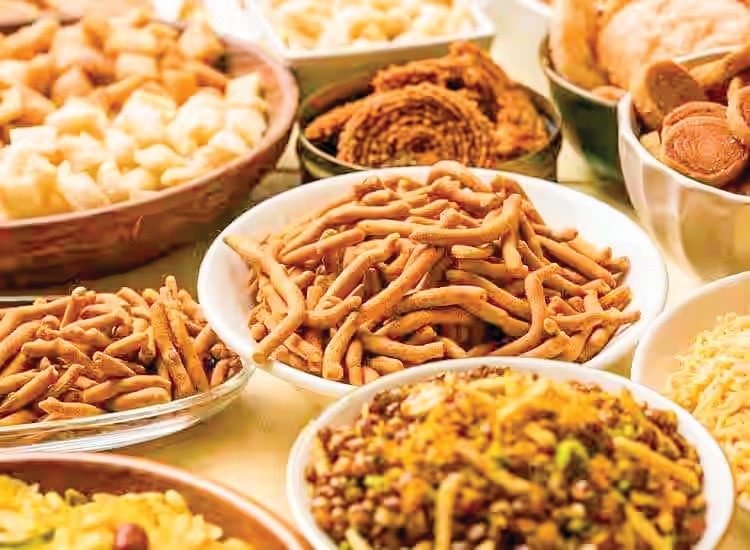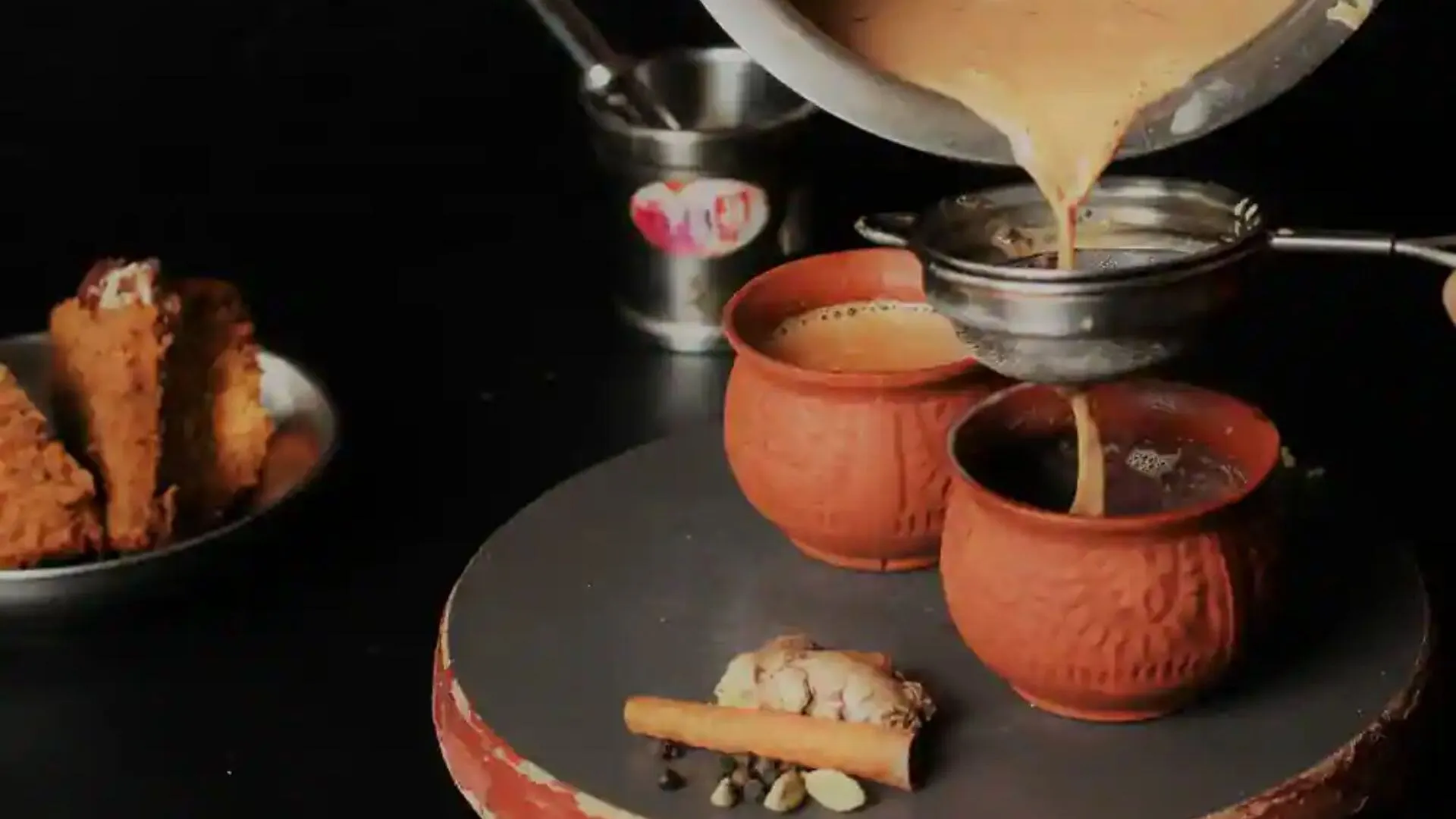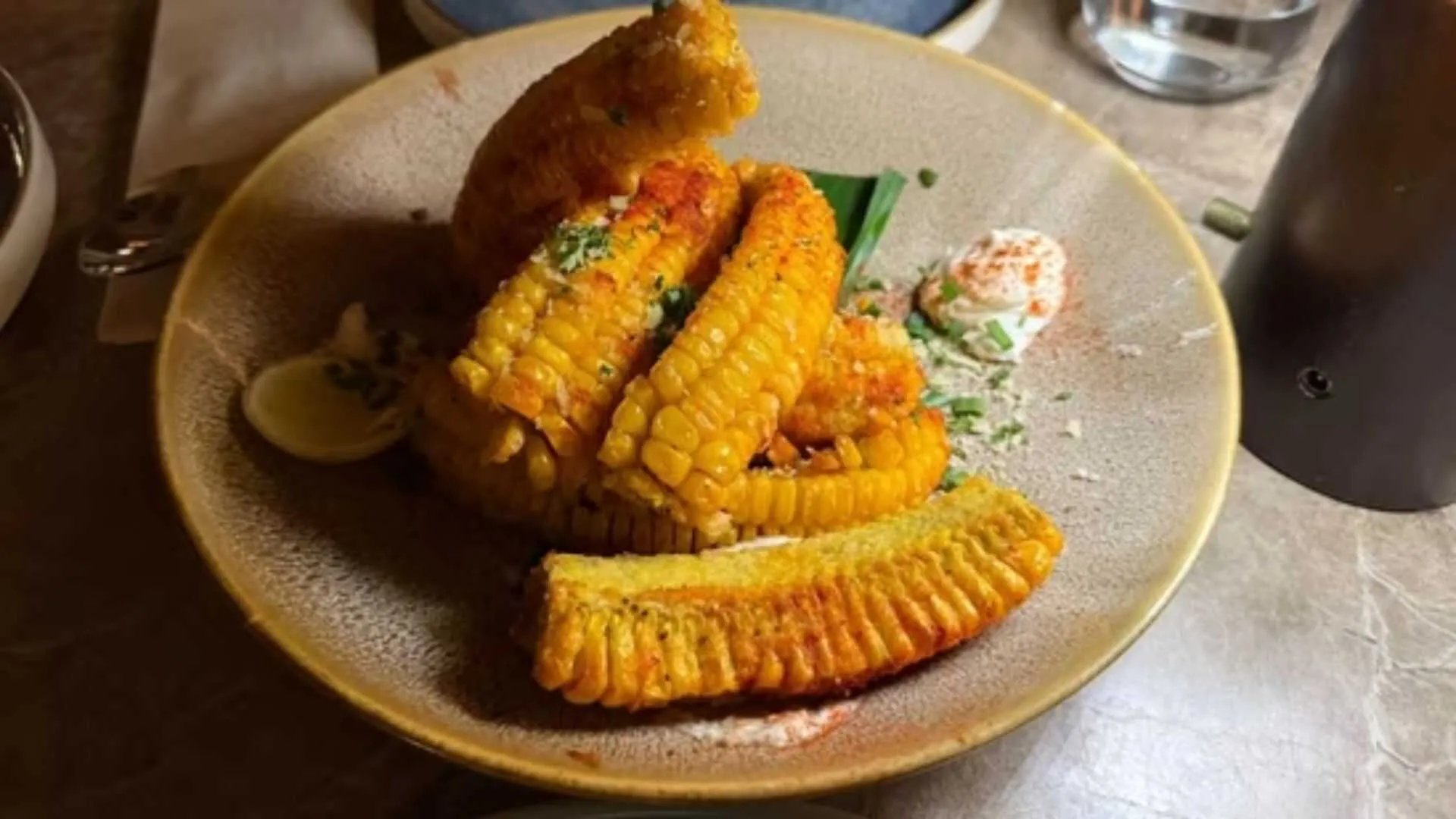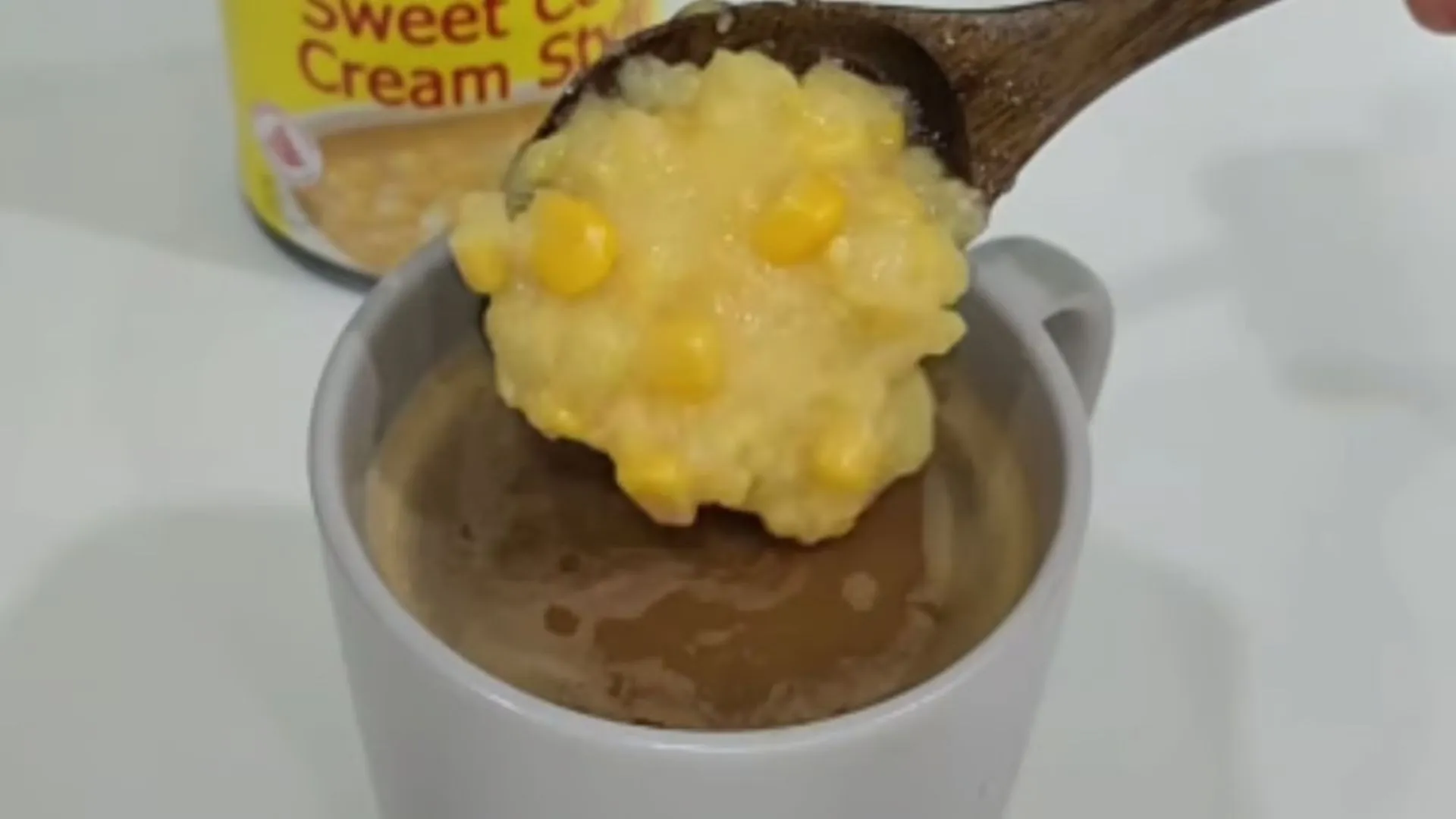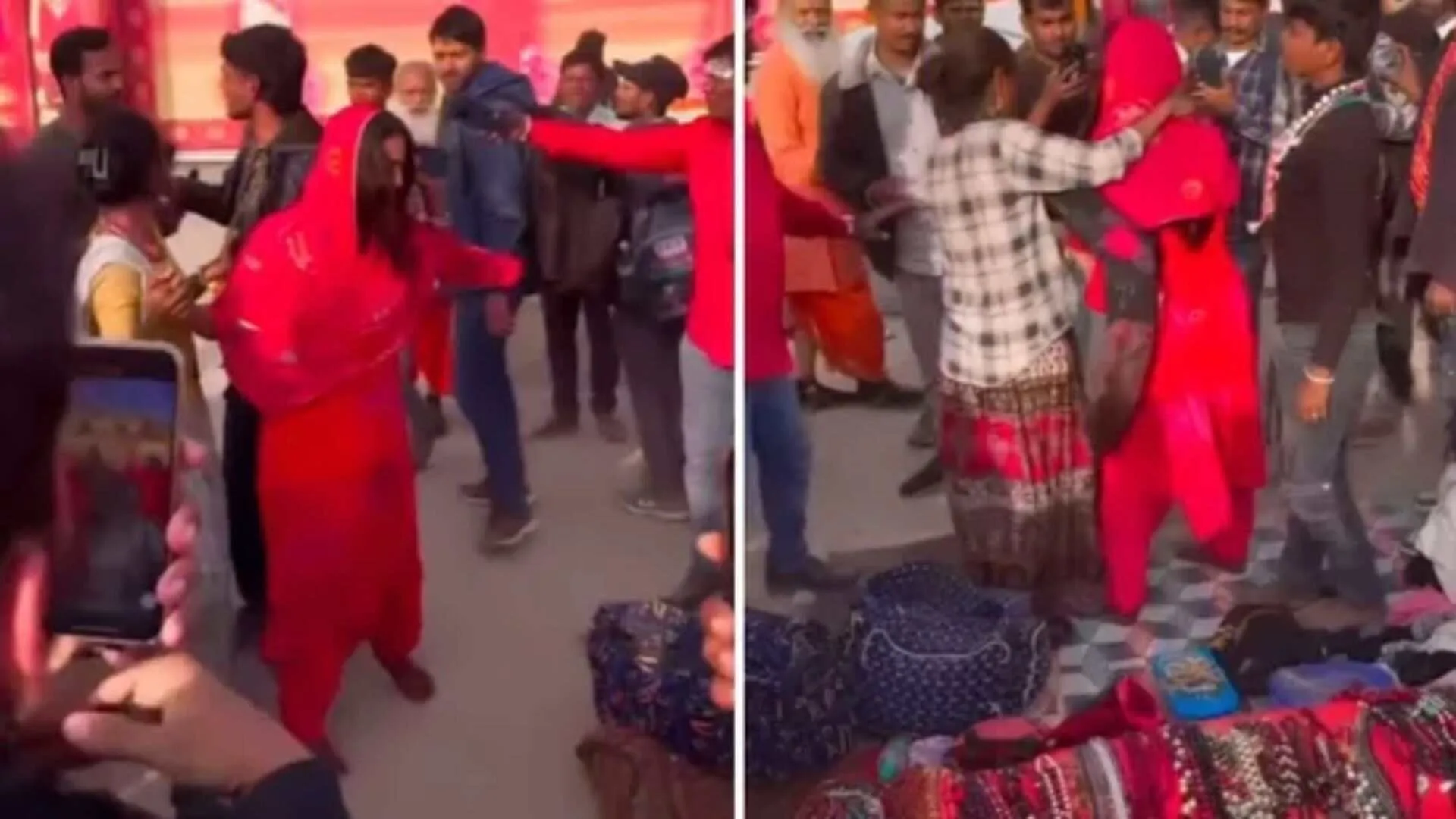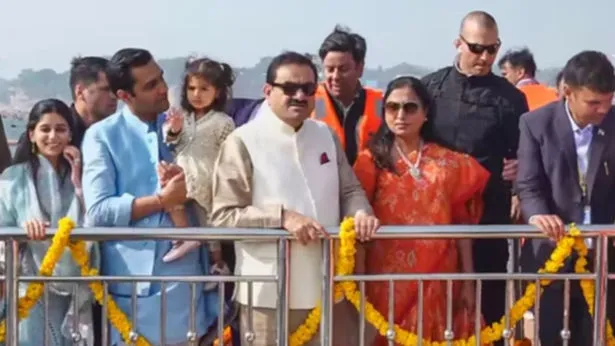Step into any street in Rajasthan, and you’ll find yourself drawn to the irresistible aroma of freshly fried namkeens from local shops and homes. These crispy, savory snacks are gems of Rajasthani street food. From the famous Bikaneri Bhujia that put the state on India’s snack map to the humble mathri that accompanies every cup of chai, Rajasthan’s namkeens are more than just snacks. This is where clever cooks transformed simple ingredients like lentils, gram flour, and native spices into crunchy treasures that could last through scorching summers. Today, these snacks aren’t just local favorites; they’re proudly showcasing Rajasthan’s food heritage across the world.
Bikaneri Bhujia, The Pride of Rajasthan
Bikaner’s most famous export began as a local snack and grew into a national sensation. Made from moth bean flour and spices, Bikaneri bhujia stands out for its fine texture and complex flavor profile. Local makers still use traditional stone grinders to achieve the perfect consistency of the flour, while the spice mix, typically including black pepper, cloves, and cardamom, varies from maker to maker. What makes Rajasthani bhujia special is the use of local moth beans, which give it a distinct nutty flavor that’s impossible to replicate elsewhere.
Moong Dal Moth, A Savoury Delight
Born from the need to preserve food in Rajasthan’s harsh desert climate, Moong Dal Moth combines split green gram with a carefully balanced spice mixture. The dal is first soaked, then dried in the sun before being fried to golden perfection. What sets the Rajasthani version apart is the addition of dried pomegranate seeds and a special blend of desert spices, creating a snack that’s both tangy and spicy.
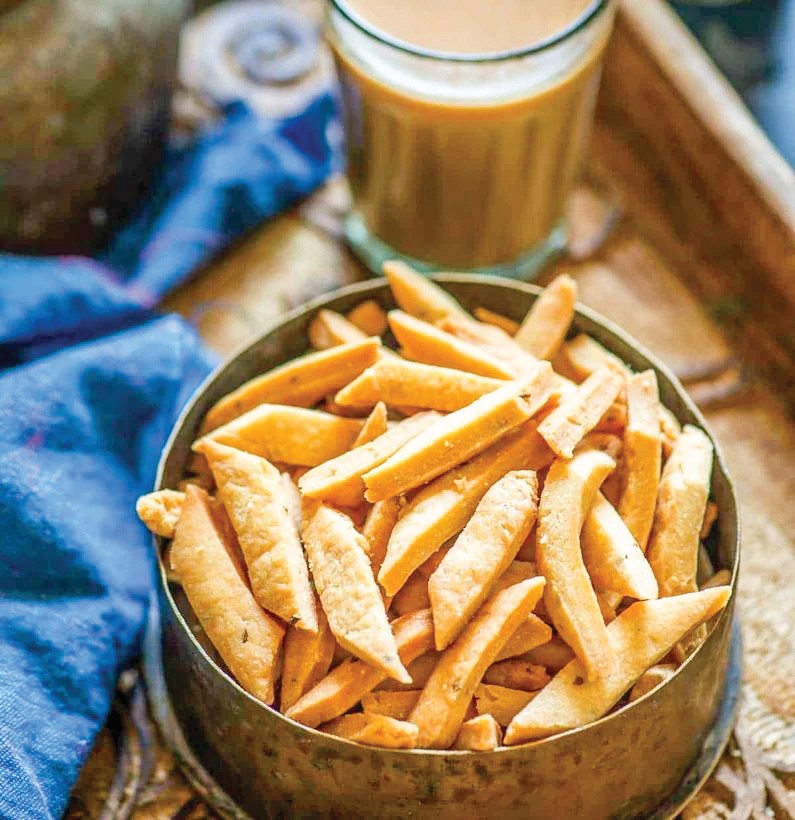
Kachri Ki Namkeen, desert bounty
Made from wild cucumbers that grow in the Thar Desert, Kachri ki Namkeen represents Rajasthan’s talent for turning local ingredients into extraordinary snacks. The kachri is dried, powdered, and mixed with chickpea flour before being shaped into tiny balls and fried. The natural bitterness of kachri combined with spices creates a unique flavor that’s distinctly Rajasthani.
Pyaaz Ki Namkeen, Layers of Flavor
Rajasthan’s onion namkeen is famous for its intricate preparation method. Onions are sliced paper thin, soaked in salted water, dried, and then coated in a spiced flour batter before frying. The result is a layered, crispy snack where the sweetness of caramelized onions meets the heat of red chilies and the warmth of cumin.
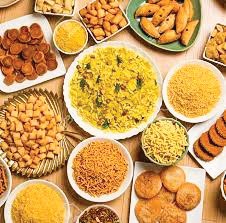
Vajri Paare, The Royal Snack
Originally served in royal households, Vajri Paare are diamond-shaped crackers made from wheat flour, semolina, and a secret blend of spices. The dough is kneaded with hot oil, a technique called moyan, which gives these namkeens their characteristic flaky texture. Modern versions include variations with ajwain (carom seeds) or crushed black pepper.
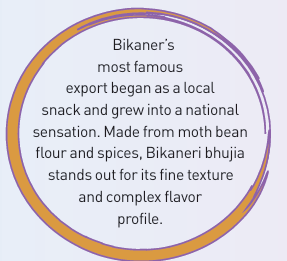
Masala Chana, street food royalty
Rajasthan’s version of spiced chickpeas stands out for its specific cooking method. The chickpeas are soaked overnight in water infused with dried mango powder and black salt, then roasted with a mix of spices unique to each region. In Jodhpur they add extra garlic powder, while Jaipur’s version features more coriander.
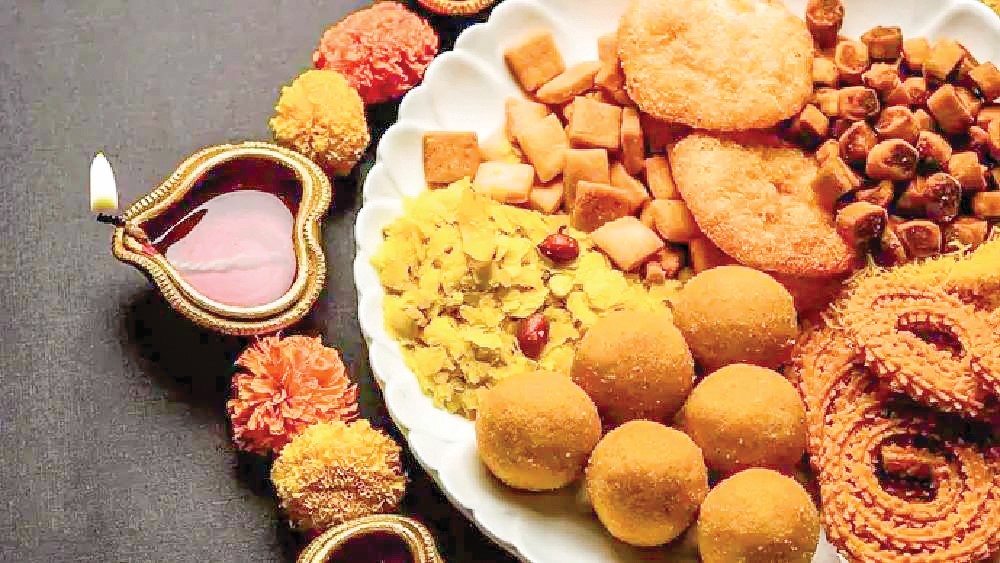
Dal Pakodi, The Time Tested Classic
These lentil dumplings are made in every Rajasthani household. Made from a mixture of split blackgram and greengram, the batter is seasoned with red chilies, cumin, and crushed coriander seeds. The traditional method involves hand-dropping tiny portions into hot oil, creating irregular shapes that hold more spices in their crevices.
Mathri, The Desert’s Cracker
While popular across North India, Rajasthani mathri is distinct for its extra flakiness and robust spicing. The dough is enriched with ghee and flavored with carom seeds, black pepper, and cumin. Some regions add crushed red chilies or ground fennel seeds. The key lies in rolling them to the perfect thickness; too thin and they become brittle; too thick and they don’t cook through.
Sev Ki Namkeen, Threads of Gold
Rajasthani sev comes in multiple varieties, each with its own purpose. The fine sev is used for bhel and chaat, while the thicker variety is enjoyed as a standalone snack. The gram flour dough is seasoned with varying levels of red chili powder, creating versions ranging from mild to extremely spicy. Some makers add powdered dried mint or curry leaves for extra flavor.
The Art of Preservation
Traditional namkeen makers in Rajasthan have mastered the art of preserving these snacks in the desert climate. Many recipes include natural preservatives like black salt or carom seeds. The frying temperature is crucial; too hot and the namkeens brown too quickly; too cool and they become greasy. This knowledge has been passed down through generations.
Regional Specialties
Each region in Rajasthan has its own signature namkeen. Jodhpur is known for its extra spicy variants, while Jaisalmer’s versions often include local desert herbs. Udaipur’s namkeens tend to be lighter on spices but richer in texture. These regional differences reflect local tastes and available ingredients.
Modern Adaptations
While traditional recipes remain popular, modern namkeen makers are experimenting with new flavors. Some add dried herbs like oregano or thyme, while others create fusion versions with ingredients like olive oil or pumpkin seeds. However, the basic techniques and quality standards remain rooted in tradition.
Health conscious Variations
Responding to changing consumer preferences, many makers now offer baked versions of traditional namkeens. Some use air-frying techniques or alternative flours like ragi or jowar. These adaptations maintain the essential flavors while catering to health-conscious customers.
The Business of Namkeen
From small family run shops to large manufacturing units, Rajasthan’s namkeen industry supports thousands of families. Many traditional makers still use manual processes, believing that machine-made products can’t match the texture and taste of hand-crafted namkeens.
Cultural Significance
Namkeens are an essential part of Rajasthani hospitality. No guest leaves a home without being offered some form of namkeen with tea. During festivals and weddings, elaborate namkeen platters showcase the region’s variety and culinary expertise.
Looking Forward
While maintaining their traditional essence, Rajasthan’s namkeens continue to evolve. New packaging technologies help preserve freshness longer, while improved distribution networks have made these snacks available worldwide. Yet, the heart of Rajasthan’s namkeen tradition remains in its small shops and home kitchens, where age-old recipes continue to delight new generations.

